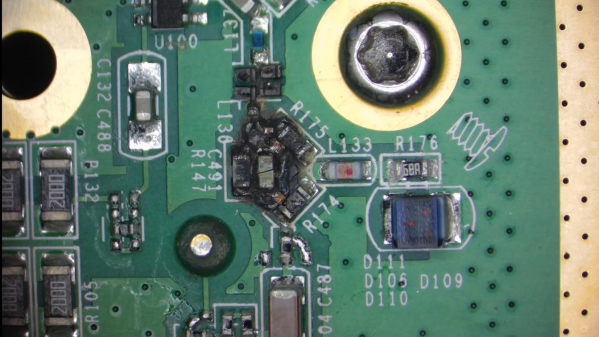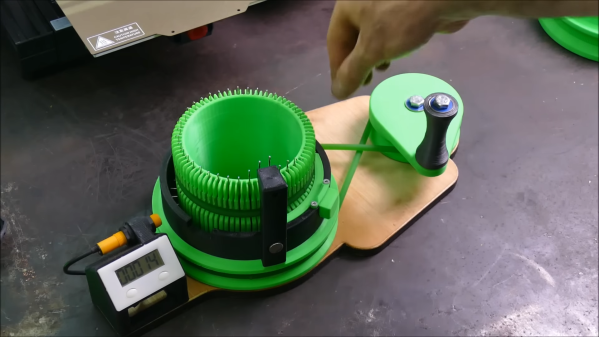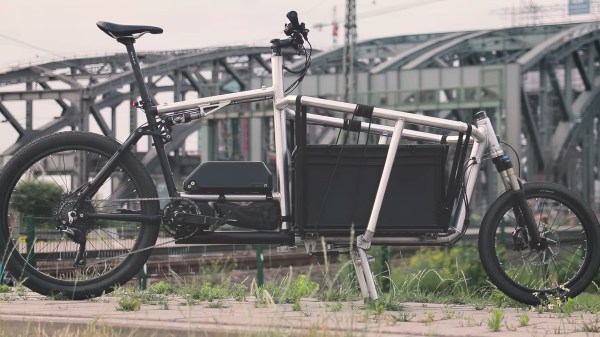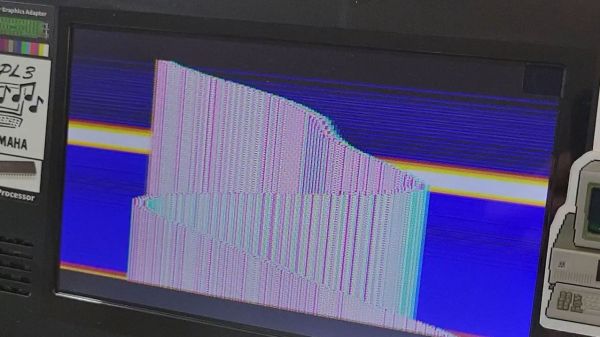The Sony PlayStation and Nintendo 64 are well-known for bringing 3D gaming into the mainstream in a way that preceding consoles just couldn’t. The ZX Spectrum, on the other hand, is known for text adventures and barebones graphics. However, it now has a rudimentary version of a Quake-like engine, as demonstrated by [Modern ZX-Retro Gaming].
As you might expect, the basic ZX Spectrum that sat in front of your dodgy old TV in the 1980s isn’t really up to the task of running a full 3D game. The engine runs at a fairly jerky frame rate on a 3.5 MHz ZX Spectrum, with purely monochrome graphics. However, the game can run more smoothly on 7, 14, and 28MHz ZX Spectrum compatibles. As with many such projects, most of the video you’ll see is of the game running in emulators. Impressively, the game features sound effects, three weapons, and a standard WASD control layout as per modern FPS games.
If you’re wondering about the confusing visuals, there’s a simple explanation. Yes, the UI and weapons are straight out of Doom. However, the game is running on a true 3D engine, with 3D enemies, not sprites. It’s inspired by the full 3D engine pioneered by Quake, hence the designation.
Files are available for those wishing to try it out at home. We do see a fair bit of the ZX Spectrum around these parts. Video after the break.








 In this article, let’s figure out places where you can use a logic analyzer, and places where you can’t. We’ll start with the first limitation of logic analyzers – capture speed. For instance, here’s a cool thing you can buy on Aliexpress – a wristband from TTGO that looks like a usual fitness tracker, but has an ESP32 in it, together with an IMU, an RTC, and an IPS screen! The seller also has an FFC-connectable devboard for programming this wristband over UART, plus vibromotor and heartrate sensor expansion modules.
In this article, let’s figure out places where you can use a logic analyzer, and places where you can’t. We’ll start with the first limitation of logic analyzers – capture speed. For instance, here’s a cool thing you can buy on Aliexpress – a wristband from TTGO that looks like a usual fitness tracker, but has an ESP32 in it, together with an IMU, an RTC, and an IPS screen! The seller also has an FFC-connectable devboard for programming this wristband over UART, plus vibromotor and heartrate sensor expansion modules.









